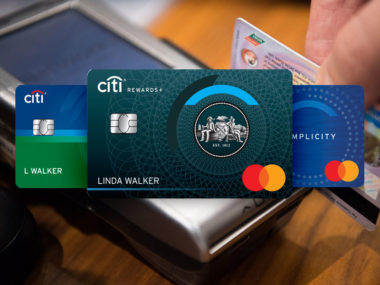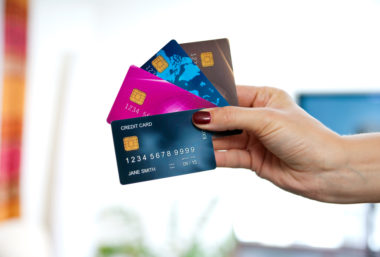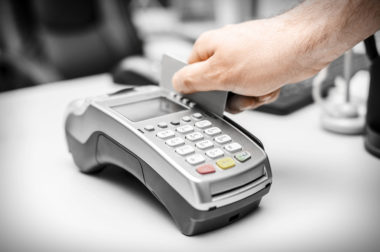
The merchant names listed on your credit card statement are often unrecognizable. This usually happens when a merchant’s parent company has their name on the merchant status for billing purposes. But sometimes you come across a purchase that you just know wasn’t made by you.
This may have prompted you to look into identity theft protection and credit monitoring which is never a bad idea, as these services can bring you peace of mind knowing you’ll be notified, allowing you to respond quickly.
Maybe it’s a mysterious $1 fee that could be a scam, or you suspect someone took your card number for a shopping spree. It could be a legitimate charge that is simply pending until the merchant completes processing.
Mysterious or fraudulent charges on your credit card statement are no need to panic, but they do require quick action. Here’s what you can do.
Table of Contents
What’s This Charge on My Credit Card?
In many cases, a mysterious charge on your credit card statement is a mistake made by the merchant. If you find that a purchase you made is showing up as a different amount than what’s on your receipt, contact the merchant immediately. With a proof of receipt, they should be able to fix the charge.
Credit Card Merchant Name Search
It is common to see a different name on your bank statement than the one you expected from the merchant. You also might see “SQ”, which usually stands for “square” and is a card processing system many merchants use.
If you are unsure, call the recent merchants you’ve shopped with to find out if they use square or process their card payments under another name. Alternatively, you could contact your bank to see if they have any information on the merchant name. Some card issuers, like Visa, offer a credit card merchant name search tool. Contact the number on the back of your card or visit the issuer website to find out if your issuer has a similar tool.
The important thing is to catch unauthorized purchases early, ensure it is not a mistake or a merchant under a different name, and then report the charge immediately if you suspect it is fraudulent.
Catching Fraudulent Charges Early
Most people don’t keep checkbooks or balance books anymore, so it’s important to track purchases on your bank statements. Make sure you’re familiar with the ins and outs of a credit card statement so you’re able to identify fraudulent or mistake charges right away.
The Fair Credit Billing Act states that you should report unauthorized charges within 60 days of the statement date. Waiting or catching the charge after 60 days could make you responsible for paying the charge.
Report Credit Card Fraud
If you determine the charge on your credit card is fraudulent, you’ll need to report it and dispute the charge. Contact your bank first, but you also might file a police report if your wallet was stolen or if you’re worried that you’re at risk for identity theft.
How to Read Your Credit Card Statement
Understanding your credit card statement will make it far easier to catch mistakes or fraudulent charges before it’s too late. Your statement is either mailed or emailed to you monthly to show you the current status and progress of your account. It will give you everything you need to know to set budgets, plan your bills, and catch unauthorized charges.
Your credit card statement will usually come with the bill which just shows you how much you owe in total, what your monthly minimum payment is, when the payment is due, and how much you still have left on your line of credit. Your statement will list each specific charge as well as interest charges and monthly, quarterly, or annual fees.
You might also see your payment history on your statement, including any late fees if you have been late on a payment. Your credit card rewards balance will likely also show on your statement.
It’s important to look through all the charges on your statement and look for mistakes so you can report them and get the charge reversed. Visit our credit card resource center if there’s more you’d like to learn.
Image Source:https://depositphotos.com/






